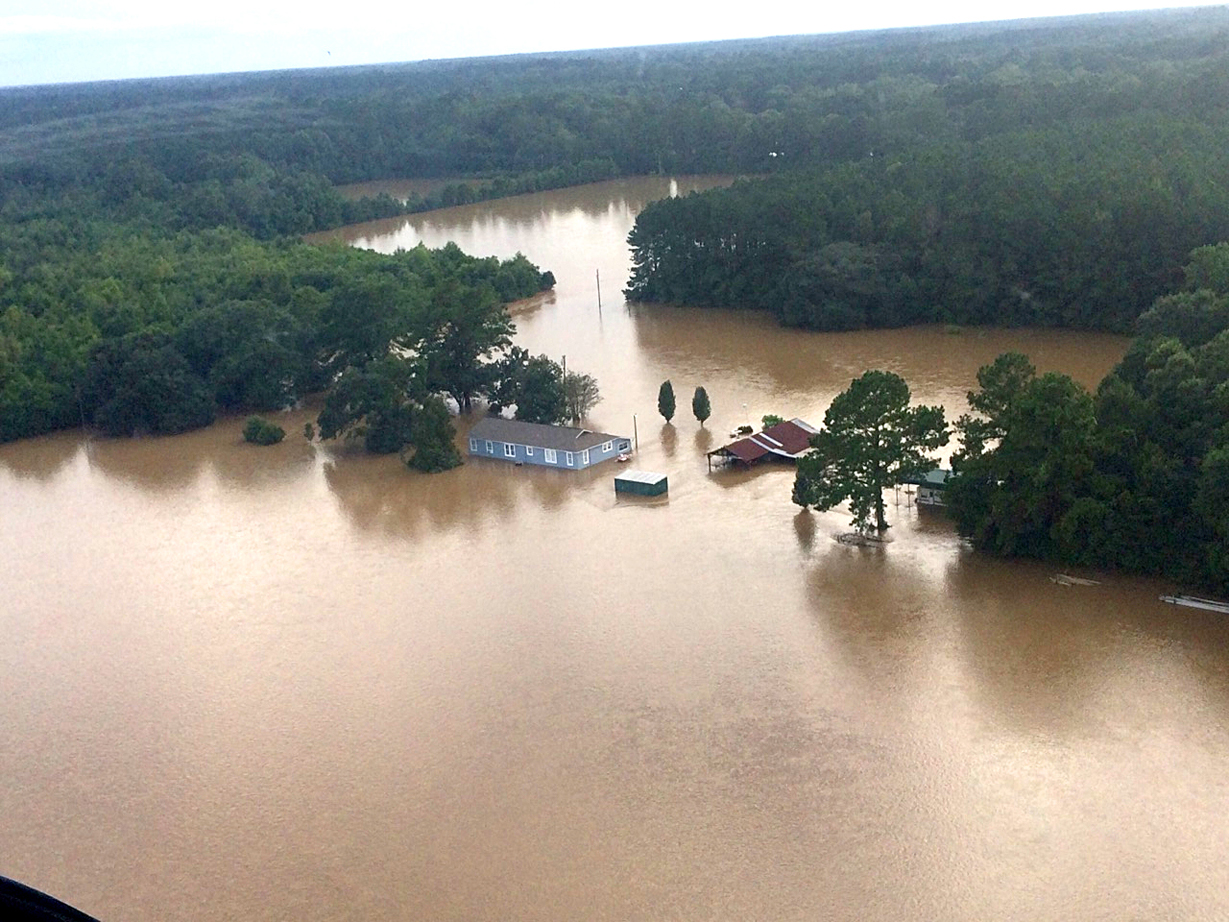The timing could not have been worse.
Ponchatoula strawberry farmer William Fletcher spent the first part of August doing what he always does this time of year—prepping fields for planting. By the time he finished, the rows were neatly formed and fertilizer was in the ground. Fletcher was ahead of schedule.
“As a farmer, every year is a little different,” recalls Fletcher, a former mortgage banker and a fifth-generation strawberry farmer. “But I remember thinking that I was really satisfied. There wasn’t a clod of dirt or a blade of grass in the rows. The soil was so fine it was like dumping out a box of cake mix.”
|
|
|
Those conditions were perfect for planting. But they were disastrous for the weather event no one saw coming, dumping as much as 31 inches of rain on some areas and overloading rivers and tributaries that could not hold the waters back.
The nearby Tangipahoa River flooded, and Fletcher’s topsoil was completely washed away. When the water receded, its force had left dramatic cuts and gullies across parts of his perfectly graded fields. That meant it was impossible for Fletcher to resume planting without first restoring the soil conditions. In mid-September, he was still trying to find a way to make that happen.
By that point, LSU AgCenter economist Kurt Guidry speculated damages to Louisiana farms amounted to nearly $277 million.

Worse still was that many farmers, including Fletcher, were still recovering from dramatic flooding in March that impacted parts of north and south Louisiana and caused $90 million in losses to farms. In that event, Fletcher lost most of his 95,000-plant strawberry crop. He was able to get a limited number of plants in the ground when the soil dried but saw no profits in strawberry season.
“If we hadn’t had the March flooding, I’d be in a little better shape to handle this,” says Fletcher, whose personal residence on the farm also flooded in August. “To have them five months apart is tough. We were starting to slowly stand up again only to have our legs taken out from underneath us.”
Fletcher and other impacted farmers sell a large percentage of their specialty crops at the Red Stick Farmers Market, which saw a dramatic downturn in traffic in the immediate aftermath of the flooding. Not only were many farmers unable to come to the market, but consumers who normally shop at the market were either affected directly from the flood or were spending the weekend helping others, says Copper
Alvarez, executive director of the Big River Economic and Agricultural Development Alliance (BREADA), which operate the farmers markets.
“It’s been back to having people understand that farmers markets are different from grocery stores. When you walk into a grocery, it’s full of produce from a gazillion places,” Alvarez says. “But when you walk into a producer-only farmers market, the integrity of the market requires that farmers bring only what they produce. We want people to hang in there with us.”

In 2005, BREADA established the Louisiana Small Farm Survival Fund at the Baton Rouge Area Foundation to help small farmers get through catastrophes. Unlike large commodity farmers, small farmers are often left out of federal aid packages or can’t get help fast enough to stop the financial bleeding.
“Our goal is to always have something planted, something growing and something being harvested so we can have something for the market all the time,” says Eric Morrow, another Ponchatoula farmer who flooded and a regular producer at the Red Stick Farmers Market. “When everything is wiped out, you find yourself with nothing coming in and having to spend a lot to recover.”
|
|
|
The flood wiped out all of Morrow’s planted early fall crops, including tomatoes, peppers, eggplant, corn, green beans and others. He also lost several blueberry trees, 350 flats of picked blueberries, plastic mulch, several irrigation pumps and other equipment.
Morrow was able to begin replanting within a week of the flood and says he should be back at the market early this month. He says his variety of produce will continue to expand as the season progresses—barring anything unforeseen.
Fletcher, who left a career in banking in Florida several years ago to pick up the family farming tradition, says, “When I decided to get into farming, a lot of people told me a lot of things about what it would be like. Not one of them said it would be easy.”





